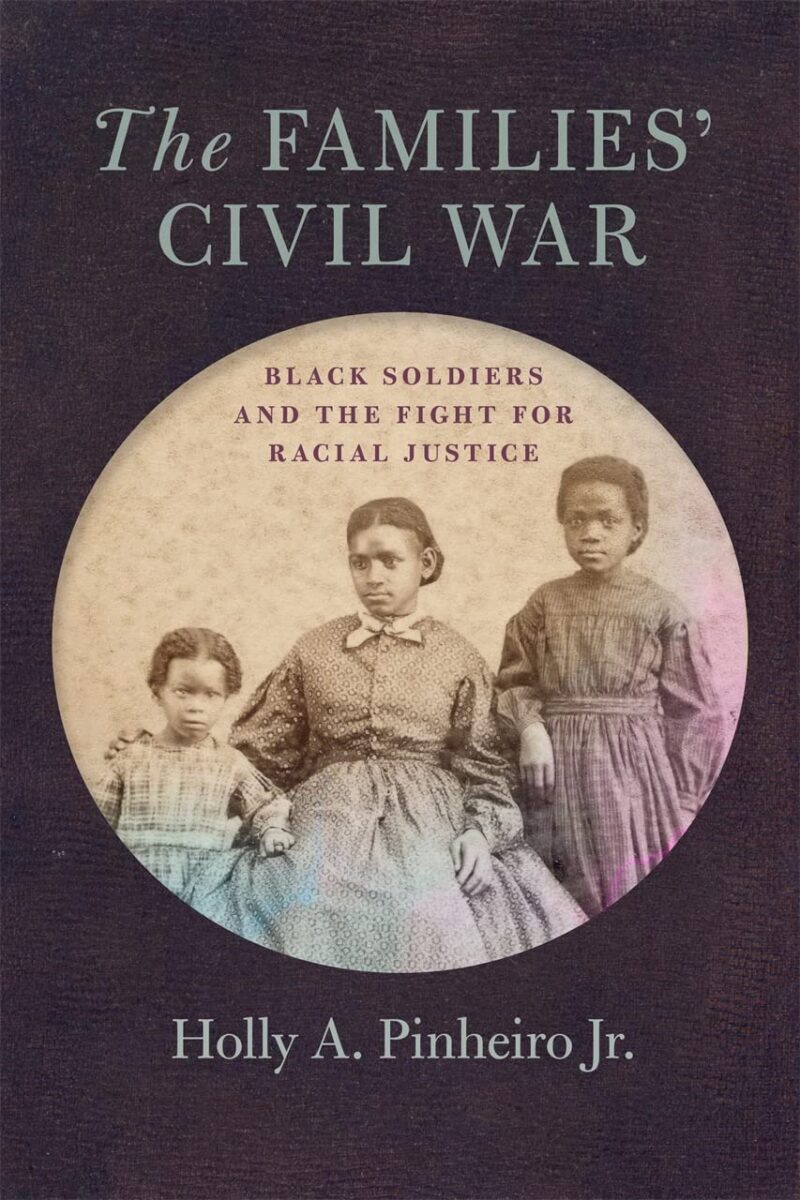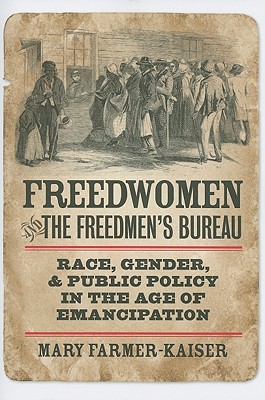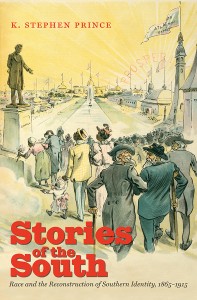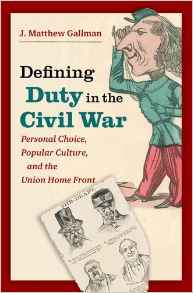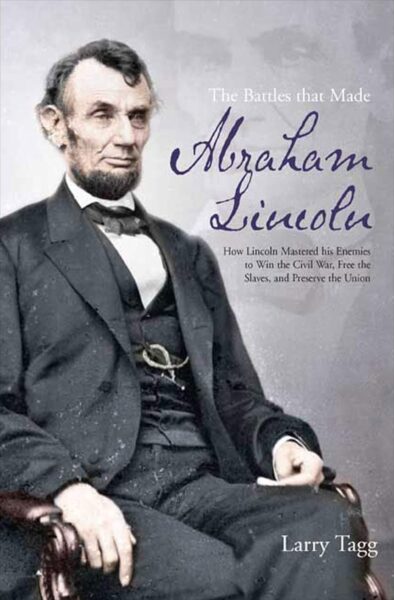Chasing the faint archival traces made by 185 Philadelphians who shouldered muskets in three African American Civil War regiments, Holly A. Pinheiro Jr.’s debut monograph renders legible the struggles of “working-poor northern USCT soldiers’ families” (2-4). The author owes his historiographical intervention to an innovative research design that cuts across traditional definitions of time and space. Whereas previous scholars have studied individual Black units, produced state-based case studies of USCT soldiers, or penned national surveys of African American veterans, Pinheiro lends depth and texture to his analysis through careful study of a particular community.[1] Further, the author considers “the experiences of soldiers’ families before, during, and generations after the Civil War”; this capacious periodization demonstrates how antebellum struggles with racial bigotry materially shaped and informed soldiers’ wartime experiences and postwar plight. Just as Black soldiers and their families fought for justice and equity before the war, so too did they fight “for inclusion in the historical memory of the Civil War.” Pension appeals became proxy battles in this much larger contest (7-10). Pinheiro reminds us that African American soldiers—no less than their real and “fictive” kin behind the lines—waged a “lifelong” battle against “anti-Blackness in America” (6, 145).
During the war, Frederick Douglass famously lent his oratorical talents to the Black recruitment effort. With “an eagle on his button, and a musket on his shoulder, and bullets in his pocket,” the abolitionist explained, “there is no power on the earth or under the earth which can deny that [the Black man] has earned the right of citizenship in the United States.”[2] From a curl in the Mississippi called Milliken’s Bend to a ridge along the James known as New Market Heights, military service supplied the nearly 200,000 African Americans who donned United States blue the opportunity to prove their battlefield mettle and patriotic loyalty. Scholars have done very much—and much good—to document Black military participation in the Civil War, but they have not fully inventoried the consequences of that participation for the soldiers’ families. Pinheiro observes that while “the militarization of able-bodied men ultimately fractured the financial stability of numerous northern families of all races,” Black enlistment “had the potential to devastate” families who already struggled to scrape by (43). Restoring to view a critical perspective lost in recent histories, Pinheiro concludes that African American soldiers “worried more about their families’ material realities than white notions of manhood” (2).
If these material struggles render African American military service during the Civil War even more inspiring, they also further contextualize the “resiliency” required of Black soldiers—men forced to confront the racism of white officers, the rage of Confederate enemies, the humiliation of unequal pay, the indignity of grueling labor, and the scourge of chronic diseases. Before the war, free Blacks in Philadelphia had “demonstrated their resiliency by working diverse occupations, educating children, and embracing fictive kin” (33). During the conflict, they demonstrated a similar mix of resolve and resourcefulness. So too did African American women who, when traveling to the camps where their soldier husbands trained, “consciously used their bodies on public transportation…to challenge established racial and gendered hierarchies” (75).
At war’s end, the U.S. army retained numerous Black regiments to staff the military occupation of the defeated South. The “delayed demobilization of many USCT regiments,” Pinheiro observes, “only exacerbated an already difficult situation for enlisted men and their families” (77). Worse, when Black veterans returned home, they realized that there were indeed “powers on earth” eager to deny them the full citizenship and equality. More than a few veterans “experienced a decline in their occupational status” (96-97). Black families “continued their lifelong fight to keep their households together”—a struggle made even more difficult by the war’s staggering inventory of visible and invisible scars (114). As such, federal pensions became doubly important; not only did they promote a historical memory of African American Civil War service, but they supplied crucial financial aid for careworn families. Still, securing a claim was no easy feat for widows of USCT veterans. For one, the Pension Bureau looked skeptically upon the “common law marriages” observed by many African Americans. While Congress eventually supplied a loophole for “common-law wives in states where enslaved people could not legally wed,” they made no such provision for Black women in loyal states (84). Even so, Black women persisted in their appeals—keenly apprehending the significance of their claims (141).
With diligent work in census data, military service records, pension files, and local newspapers, Holly A. Pinheiro Jr. has ably recovered the experiences of Philadelphia’s working-class Black soldiers and their families before, during, and after the Civil War. A fine book, The Families’ Civil War enhances our understanding of the war’s lived consequences in general—and the African American military experience in particular.
Brian Matthew Jordan is Associate Professor of Civil War History and Chair of the History Department at Sam Houston State University. He is the author or co-editor of many books, including Marching Home: Union Veterans and Their Unending Civil War, a finalist for the Pulitzer Prize in History.
